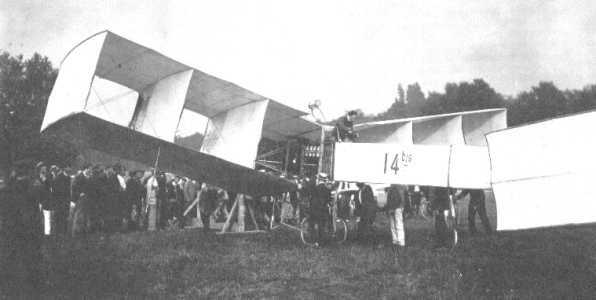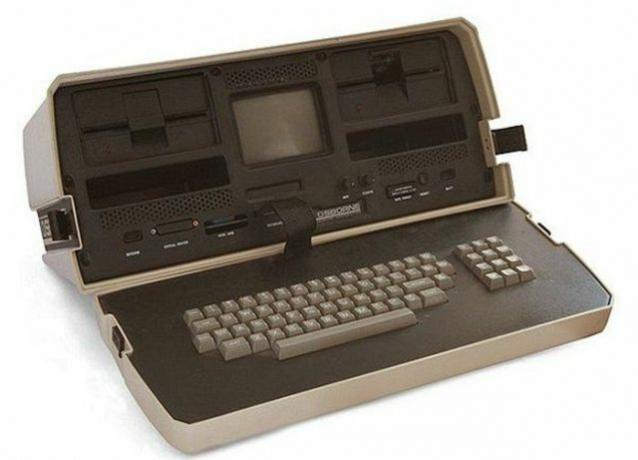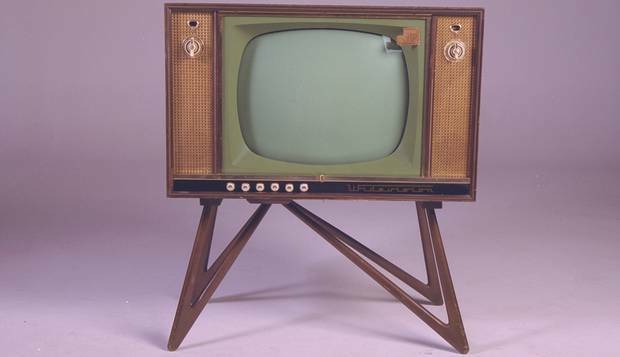During the 20th century, economic expansion and the use of new technologies enabled the creation of new inventions that would make life easier for many people. Many of the inventions that are part of our routine were created a long time ago, but have been perfected over the years. From the second half of the century, a new cycle of inventions, known as the techno-scientific revolution, caused important transformations in the world economy and culture.
Inventions such as the personal computer, devices such as the cell phone and the fax would change the way of relating among the people, industrial production gained a great impetus transforming the entire economy capitalist. But not all inventions brought benefits to world society, some inventions were also responsible for great tragedies, as is the case of the Atomic Bomb. Below is a list of some of the greatest inventions of the 20th century.
see more
Ninth economy on the planet, Brazil has a minority of citizens with…
Scientists use technology to unlock secrets in ancient Egyptian art…
Plane

A Brazilian would go down in history as the inventor of the first airplane. Alberto Santos Dumont was responsible for creating the 14 Bis also known as 'Oiseau de Proie', which in French means 'Bird of Prey'. The first flight demonstration was held on November 12, 1906 in Paris, France and accompanied by a crowd of amazed people and documented by the presence of the European press.
What led the 14 Bis to be considered the first airplane was its ability to perform a complete flight and to take off and land without using a launch pad. Upon seeing his invention used during the First World War, Santos Dumont would go into a deep depression and commit suicide in 1932.
Internet

The Internet originates from a project called Arpanet developed in the United States during the Cold War by its US Department of Defense. The existing dispute between the Soviet Union and the United States stimulated technological development, any new invention could be an advantage over the enemy. During this period there was an intense network of spies on both sides, so the American military saw the need to create a system to protect secret government data. They thought that if there was an attack on the Pentagon all the secret information kept there might disappear.
To prevent this from happening, in 1969 a computer network data transmission system was created in which information is divided in small packets, which in turn contain a piece of data, the recipient's address and information that allowed the message to be reassembled original. Sharing the information on several computers would be a way to protect it, that would have been the first email sent. The enemy attack never happened, yet the Americans created a means of communication that would quickly take over the world. With the end of the Cold War university students would strive to perfect the network. The popularization of the internet would take place from the year 1992.
Portable computer

Currently we use portable computers all the time, tablets, notebooks, smarthphnes allow us to be connected anywhere. But the first portable computer was created in 1981 and named Osborne 1. The possibility of transporting a foldable computer that would be transformed into a suitcase meant that in a few months ten thousand units were sold. The Osborne 1's monitor measured five inches and weighed an average of forty pounds, but it was still big to be used on the lap and what made its use even more difficult was the need for it to be connected to a outlet. From 1981, notebooks were being improved and the popularization of these devices would happen between the 90s and 2000s.
Fax

The German inventor Rudolf Hell created in 1929 a machine capable of transmitting texts electronically. The device consists of a telephone and a copier, consists of copying the document and sending it over the telephone line. The invention was a great success among news and investigative agencies. Over time it was replaced by new technologies, the use of the internet would prove to be much more effective for quickly sharing documents.
Atomic bomb

In the early 1940s, with the outbreak of Second World War, the countries involved in the conflict saw the need to create more and more super powerful weapons that were capable of destroying the enemy. Thus, European researchers using the theories developed by Albert Einstein that an atom when in contact with another could generate a large amount of energy and promote an atomic explosion capable of destroying humanity developed the bomb atomic.
Their destructive power was shown to the world in 1945 when the United States launched them respectively on the cities of Hiroshima and Nagasaki, killing around 350,000 people. Although other countries also developed atomic weapons, the atomic bomb was never used again. The damage caused by it is felt by the population of both Japanese cities to this day.
Cell phone

Currently the use of cell phones has become a worldwide fever, its rapid improvement over the years made this device perform several functions and become indispensable for most people. The first device was developed by Ericsson in 1956, but transporting it was not that easy, the The first cell phones weighed an average of forty kilos and the high cost of their production made it difficult to popularization. Already in 1973 Motorola launches a more accessible device weighing about one kilogram and measuring twenty-five centimeters long and seven centimeters wide, the first mobile call was made in the city of Nova York. The first cell phone arrived in Brazil in 1990.
Television

The invention of television was not a very quick process, the television tube was created in 1923 by Vladimir Zworykin, a Russian inventor who lived in the United States. But the first transmission would only take place in 1928, the poor quality of the images made television similar to radios. In 1935 the device made the first transmissions for real, however it could only be watched in public rooms.
With the end of World War II and lower production costs, the device became popular. The first television images were transmitted in black and white, but in 1954 the first color televisions were created. Television arrived in Brazil in 1950, but its high cost made it a device aimed at classes with higher purchasing power. Houses that had a television became a meeting point for family members and neighbors, gradually becoming the most popular means of communication.
antibiotics

In the early 1920s, physician Alexander Fleming discovered that a fungus called Penicillium notatum prevented the evolution of bacteria. Her discovery would lead to the creation of Penicillin, the first antibiotic. This invention would revolutionize the world of medicine from the 1940s onwards, when it began to be produced on a large scale for therapeutic purposes.
Lorena Castro Alves
Graduated in History and Pedagogy
